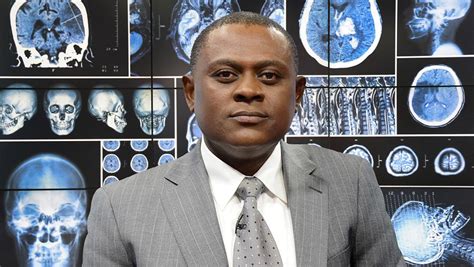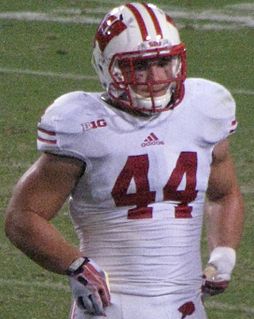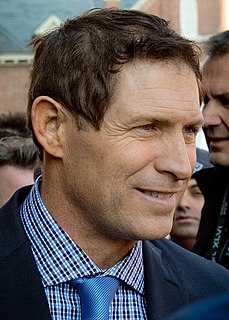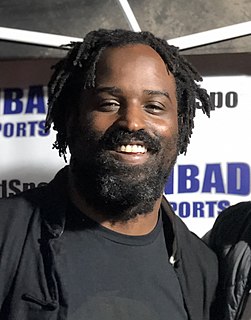A Quote by Bennet Omalu
As a physician, I'm somewhat an advocate of patients. How come, before Mike Webster, no NFL player was told or knew that there was an intrinsic risk of brain damage from playing football?
Related Quotes
When I read Mike Webster's file before I began his autopsy, I knew he was more than a 50-year-old heart attack victim. His file and the television reports of the death of the former Pittsburgh Steelers center described a long, steep fall into bizarre behavior. I suspected he suffered from some sort of brain disorder.
It's the subconcussive hits, the constant bam, bam, bam that linemen like Suh give and receive. Those are the hits scientists say cause the lasting damage to the brain, the kind of injuries that made guys like Mike Webster, Terry Long, and so many others go crazy. The subconcussive hits - every single play.
I led the NFL in attempts the past two years and they really didn’t go out and get a quarterback to help me so I knew it’s going to be all on me again. I could see my mortality as a football player, that I’m not going to be able to do this much longer. It just became obvious to me that playing football for me is not going to be fun, not something I’m going to enjoy and it’s time for me to do something different.






























